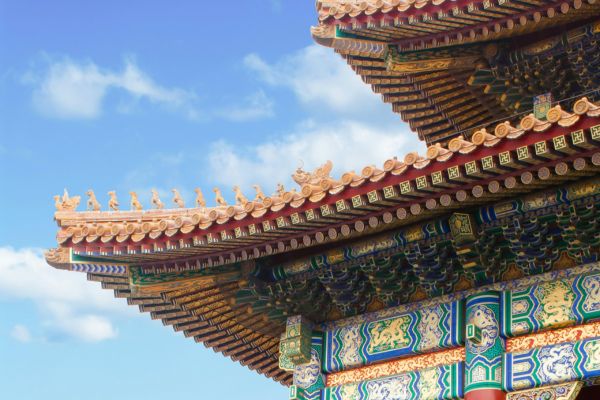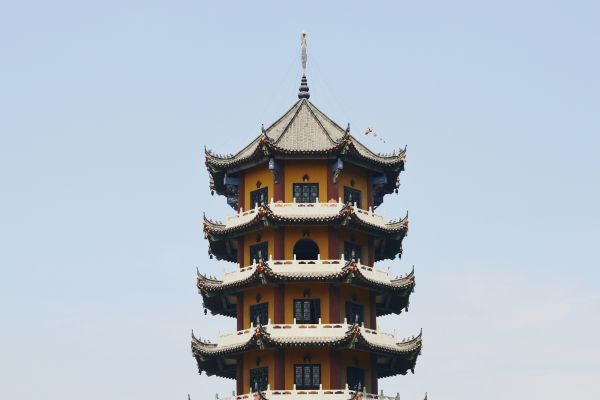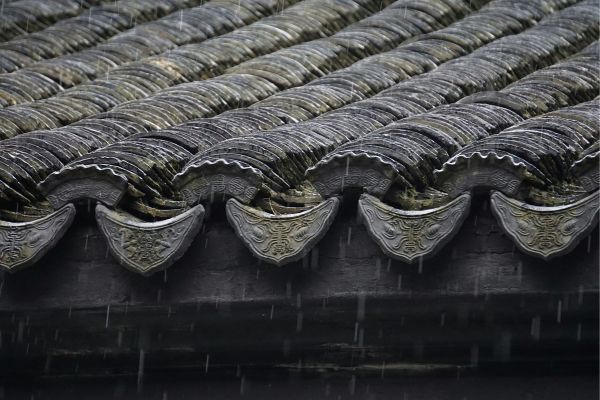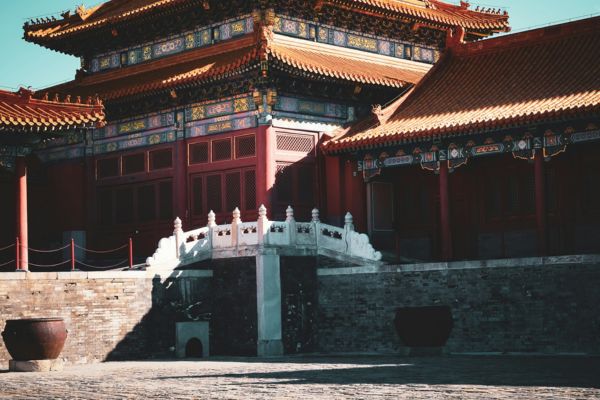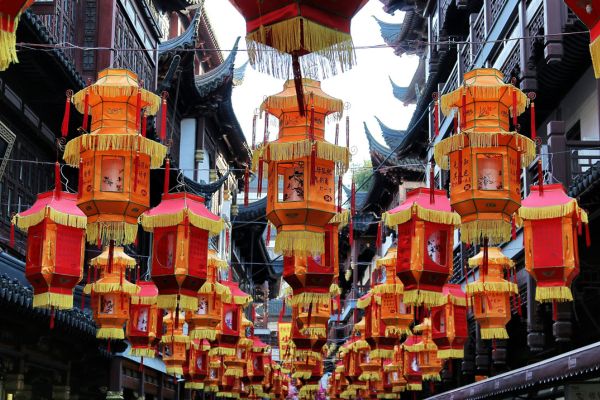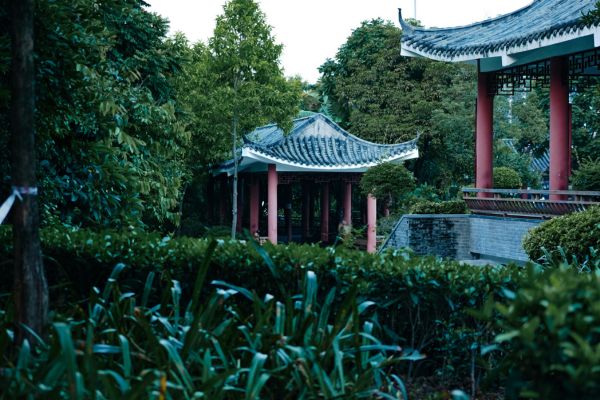
When the tribunal is uncertain about an ongoing case due to its complexity, it may request other judges within the court to hold a meeting, i.e. the Judges’ Meeting, to discuss the case and provide suggestions therefor.
The Supreme People’s Court (SPC) is encouraging all courts to adopt this kind of judge meeting mechanism, which is named as “meeting of presiding judges” (主审法官会议), hereinafter referred to as the “judges’ meeting”(法官会议). [1]
I. How does the judges’ meeting work
The judges’ meeting is usually composed of judges specialized in a certain type of cases. Sometimes, scholars, experts, and the National People’s Congress (NPC) representatives may attend the judges’ meeting on a specific topic as well.
The responsibilities of the judges’ meeting include:
(1) Providing advice on the application of law for the ongoing case;
(2) Unifying the court’s adjudication rules and standards; and
(3) Summarizing judges’ case trial experience.
The tribunal may refer the case to the judges’ meeting for discussion under the following circumstances:
(1) New types of cases;
(2) Difficult and complex cases;
(3) Cases with great social influence;
(4) Cases through which the court needs to unify adjudication rules and standards;
(5) The judgment to be made by the tribunal is inconsistent with existing adjudication rules and standards of this court or courts at a higher level;
(6) There are differing views within the tribunal;
remanding the case to the trial court for a new trial
(7) Some judges in the tribunal request that the case be submitted to the judges’ meeting for discussion;
(8) Cases that the court of second instance orders to amend the judgment or remands the case for retrial;
(9) Cases subject to adjudication supervision procedure.
The suggestion of the judges’ meeting is not binding on the tribunal, who can decide whether to adopt it or not. Even if the tribunal adopts the suggestion, it is still responsible for the final result of the case.
If the tribunal does not adopt the majority opinion of the judges’ meeting, the case will be submitted to the adjudication committee for further discussion. [2]We have mentioned that in our earlier posts on the adjudication committee.
II. Why do Chinese courts need the judges’ meeting?
The SPC first proposed the establishment of the judges’ meeting mechanism in 2015. [3] Its main purpose is to provide professional advice for the tribunal while preventing others from interfering with the case trial. [4]
Prior to that, if the tribunal needs professional advice on the ongoing case, it will usually ask for opinions from the director of the trial division concerned and make a judgment accordingly. This practice is called the “Review and Approval of Judgment System”[https://www.chinajusticeobserver.com/a/chinese-judges-shall-undergo-review-and-approval-before-rendering-judgments
]. Or, the tribunal may refer the case to the adjudication committee of the court concerned through the said director, and the adjudication committee shall decide what judgment shall be made.
During the judicial reform of Chinese courts since 2013, the SPC abolished the Review and Approval of Judgment System and greatly reduced the power of the adjudication committee on case decision, so as to leave as much power of case trial to the tribunal as possible. This series of reform is called “Judicial Accountability System Reform”.
However, tribunals still need professional advice. To this end, the SPC has begun to implement the judges’ meeting mechanism, which provides a think tank for the tribunals.
III. Where will the judges’ meeting go?
At present, the judges’ meeting mechanism is only a pilot program, and the SPC also allows local courts to explore how to implement this mechanism. Therefore, in the future, there will be some new changes in the judges’ meeting mechanism, and we will keep following this.
References:
[1] 《关于健全完善人民法院主审法官会议工作机制的指导意见(试行)》
[2] 《健全完善主审法官会议机制 提升司法裁判质量 ——最高人民法院司改办负责人答记者问》,https://www.chinacourt.org/article/detail/2018/12/id/3619557.shtml
[3] 《人民法院第四个五年改革纲要》、《关于完善人民法院司法责任制的若干意见》
[4] 《让专业法官会议规范审判权运行》,http://rmfyb.chinacourt.org/paper/html/2015-11/09/content_104550.htm?div=-1
Cover Photo by Davide Cantelli(https://unsplash.com/@cant89) on Unsplash
Contributors: Guodong Du 杜国栋
